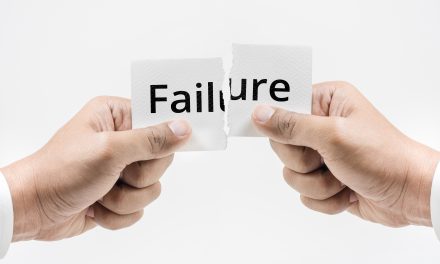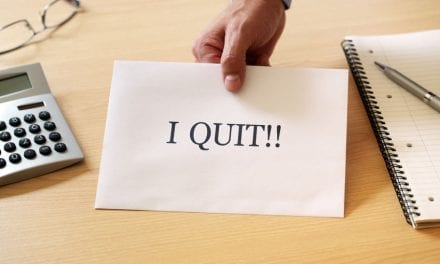By Steve Moran
Leaders by their very nature are fixers. They love nothing more than being presented with a problem and coming up with a brilliant, creative solution. In conflict, they love being the tiebreaker … but there is a problem.
Not everything is fixable.
This was never more true and more obvious than during COVID. Team members and residents were sick, and some died. Regulations were changing daily and often in conflict with each other. Occupancies were going down, and there was no way to move in new residents. The list is so long.
People Problems
Probably worst of all are those problems that seem fixable but aren’t. You have two people working in your organization and they have conflict; maybe something happened, or maybe it is simply a personality clash. They both come to you looking for a solution, which really means they are looking for support against the other.
The problem is that you can see why the conflict exists. Maybe even, likely even, one side is more right than the other. But both are kind of right, and both are kind of wrong. Most importantly, both have hurt feelings. On one hand, you want to simply lock them in a room until they figure it out, but on the other, you are worried about having to triage two bloody bodies from the room.
What do you do?
The Art of Doing Nothing, Sort Of …
Leadership is mostly about action, but there are times when doing nothing is actually the best course of action. Sometimes you simply need to let things play out and evolve. It is not really not doing anything, because after all, we are talking art, not science. The art part will likely involve lifting people up and helping them see the other perspective, or at least the other person’s value.
A few things could end up happening.
- The best outcome, of course, would be that things would get better, and waiting will make you look like a brilliant leader.
- Things may get a lot worse, and you will need to take some action, but at that point, what you need to do will be clear.
- It will continue to fester. This is ultimately the worst case, but to protect your organization, you will need to ultimately take action, which will likely mean turning someone loose to go find their next dream career.
The art of waiting is an important tool to have in your leadership toolbox. Do you have a brilliant waiting story you would be willing to share?








